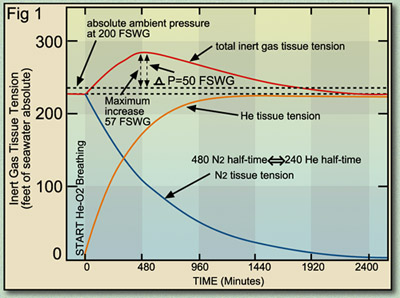Link me to them?
I have asked the question many times and no one has come up with any hard evidance. There was one incident of a inner ear bend but that dosen't necerrily mean it was ICD.
The problem with gas switching to air is narcosis not ICD. As i said i have gas switched from 60+% He to 32% nitrox many times. As has most decompresion divers doing dives in the last 20 years who wernt GUE trained.
ATB
Mark

.gif)

Comment